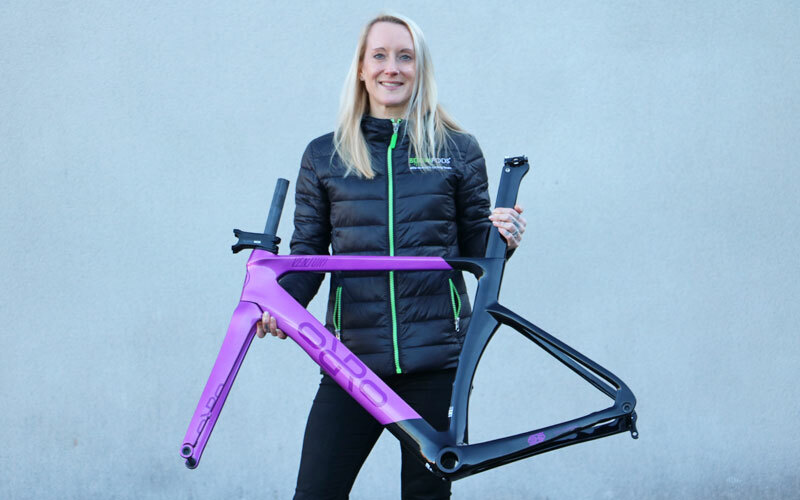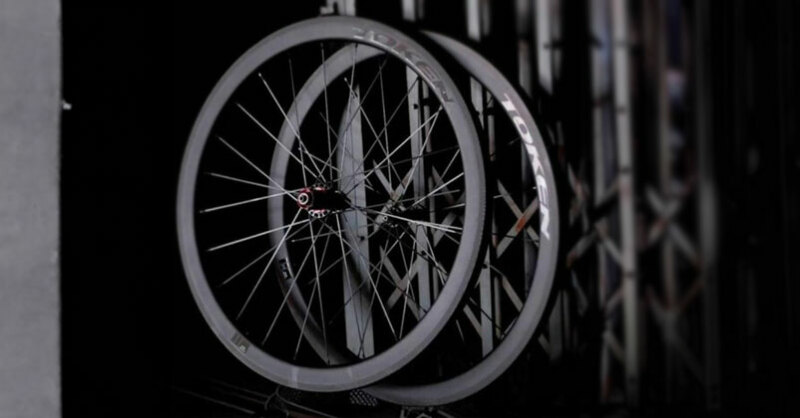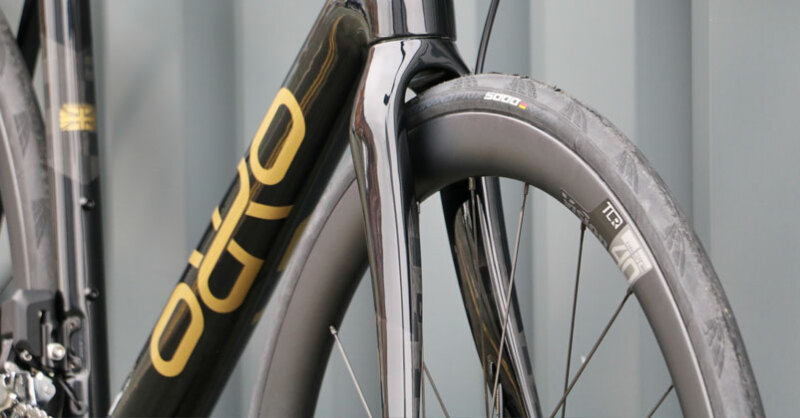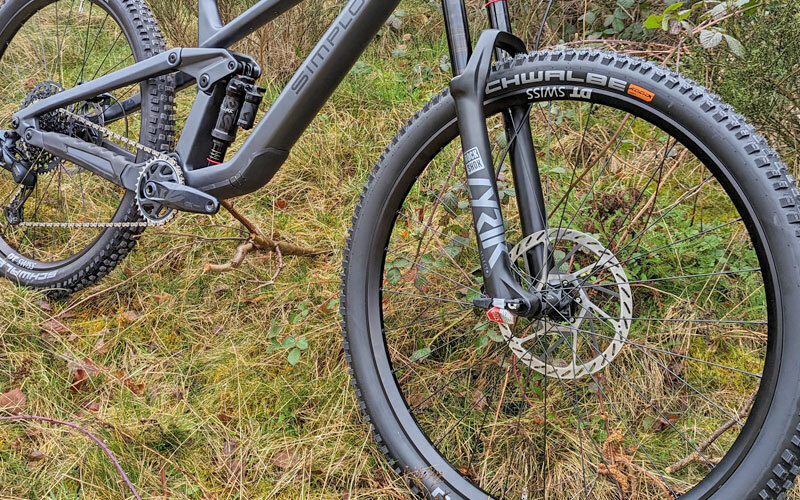Stem Guide
On all bikes, stems have the critical job of connecting the handlebars to the fork steerer tube. Stems tend to have two bolts to join the steerer tube and four bolts where they attach to the handlebars.
.jpg)
What different types of stems are there?
Stems are designed for the type of riding which they are manufactured for. Mountain bike stems tend to be shorter and provide a solid interface between the fork and handlebars to cope with the stresses imposed. Road bike stems tend to be lighter, reducing weight whilst still providing a strong link between handlebars and forks. All stems regardless of their intended use come in a variety of lengths and angles of rise. There are also stems which offer adjustment in rise. Older bikes (most pre 2000) and some entry level bikes use a ‘quill’ stem, this type of stem fits into a 1 inch fork steerer tube and tightens with an expander bolt.
How does the Stem affect the bike?
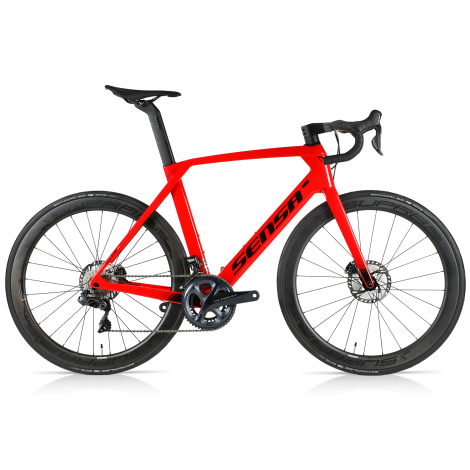
On road bikes, stems are used to get the right fit for comfort and control on bikes designed to fit riders with average limb proportions for any given height. So for example if you have a long back for your height, a longer stem could help accommodate you. Conversely, if you have a short back and long legs for your height, a shorter stem could help you achieve a comfortable riding position.
.jpg)
On mountain bikes, stems are used to dial in handling characteristics. A shorter stem will result in quicker and more responsive handling, these work best with modern trail bikes with slacker head-tube angle and a longer fork. If you are unhappy with how your mountain bike handles, trying an alternative stem length and rise could unlock sweeter handling.
Stem Sizing
Having the right size stem is very important for riding comfort, safety and stability. There are two important measurements in stem sizing, Length and Rise. Length is generally measured centre of fork Streerer to centre of handlebars.
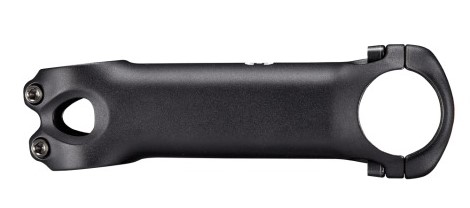
Length
Stem length can significantly affect your riding position and comfort. Generally, a longer stem will stretch you out more, a shorter stem will make your position more upright. Many mountain bike riders prefer a shorter stem to help with control over tricky, technical terrain. Road riders often use longer stems than mountain bike riders to help stretch out for comfort. Finding the optimum length of stem for you and your bike can be a bit little trial and error. If the stem is too long, you will likely feel uncomfortably stretched – this can result in shoulder / neck pain. Similarly, if the stem is too short, you will feel hunched upright and this can result in lower back issues. Stem length is measured from the center of the top cap, to the centre of where the handlebars are clamped.
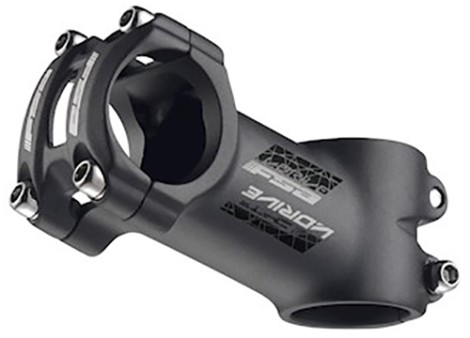
Rise
Stem rise is the angle of the stem in relation to the fork steerer / frame head-tube when looking from the side. Stems which rise upwards are + Degrees, stems which slope downwards are – or negative degrees. A flat stem would be zero degrees. The higher the + degrees, the more upright the riding position will be. Most road riders like a 10 degrees or less stem, this usually gives a neutral riding position on today’s road bikes. Just to make things slightly trickier, some manufacturers quote degrees of rise the opposite way around so a 7 degree rise from one manufacturer is the same as an 83 degree rise from another.
Spacer Rise
As well as the rise of the stem, adding or removing spacers on the steerer tube can raise or lower the riding position. Experimenting with spacers is a cheap and easy alternative to changing stems, they can always be easily removed if they don’t have the desired effect.

Nitty Gritty on Stems
Materials
Most stems are made from alloy, they are generally light, strong and reliable. Some more expensive stems are made from carbon fibre, these are usually stiffer and lighter than alloy ones, however they are more expensive.
Colour
Most stems are black. There are a few exceptions but generally stems match handlebars from the same manufacturer, and they tend to be hard anodized in black. For the best aesthetic results, use the same manufacturers for bars and stem.
Fitting
Stems usually come with recommended torque settings for fitting. If you are not sure about fitting, use a torque tool. Over-tightening can strip the threads, under tightening can be dangerous if the bar or steerer clamp isn't sufficiently tight.


